Supermarkets are some of the biggest consumers of energy per square foot in the country. Preserving food while maintaining thermal comfort for customers is quite difficult. There are also a wide variety of temperatures foods need to be held at; grocers have refrigerators and freezers which must be active at all times, as well as ovens and other heating apperati for freshly cooked and baked foods. There’s also a need to dehumidify many sections of the store, as humidity will cause food to spoil more quickly; conversely, some foods need to be sprayed with water in order to maintain their appeal. Keeping customers warm while keeping food cold, keeping some regions dehumidified while other areas are moistened; there are a lot of dual incentives at work!
These dual incentives mean that energy costs amount to about 1% of total store sales; that may not seem like a lot, but when you consider that the profit margin on sales is usually about 1-2%, energy costs eat up half to all of a grocer’s profits! That means that any efforts to reduce the energy consumption of grocers is good for everyone; it’s good for consumers, because the grocer needs less of a margin to make a profit, it’s good for the grocer, because they spend less on energy, and it’s good for the environment, because less fossil fuels are used for heating and cooling!
There are a plethora of options for grocers who are trying to reduce their energy consumption and environmental impact. There are attempts to use the refrigeration cycle in order to regulate temperatures; using the heat generated in order to contribute to warming the store in the winter months, and allowing the cold which emanates from refrigerators to cool the store in the summer. Obviously, there’s not enough waste heat to warm a whole store, but the more efficient, the more savings. Many supermarkets are eyeing a move away from old-school refrigerants to hyper-efficient carbon dioxide refrigerants, which are less hazardous the environment in the case of a leak. Grocery chains have a lot of refrigerators, so refrigerant leaks are common. Sophisticated ductwork and energy efficient HVAC units installed on the roof are other methods that supermarkets might use to reduce their overall energy consumption and carbon footprint.
The layout of the store is also relevant; as a consumer, you’ve probably seen this. The refrigeration units are always near each other. Proper ductwork is essential for these buildings, as airflow must be tightly regulated in order to maximize energy efficiency. Programmable and/or remotely monitored thermostats are a must, as they can reduce the temperature off of peak hours; these systems should always be monitored in case of leak or temperature problems, which could cause food spoilage.
Those who run supermarkets should speak with furnace installation contractors in order to assess their HVAC needs. A high-quality contractor can help you evaluate the overall efficiency of your system, and recommend changes that can offer you dramatic savings on energy.
